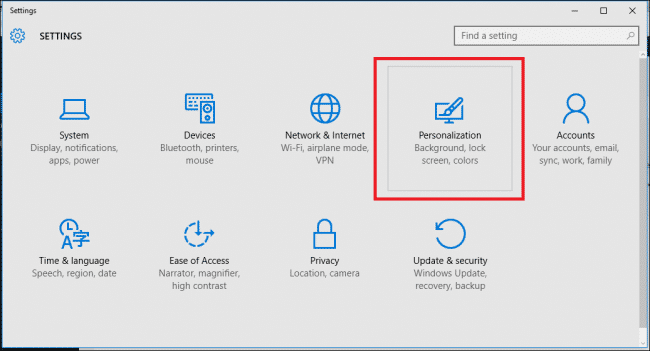Stop Little Snitch From Starting Up At Login
When processes exchange data with remote servers, you may want to know what data they actually send and receive. You can use a network sniffer like Wireshark, but these tools record traffic of your entire computer, not just a particular process. Filtering out the relevant data is tedious.
- Stop Little Snitch From Starting Up At Login Home
- Stop Little Snitch From Starting Up At Login Page
- Stop Little Snitch From Starting Up At Login Account
Aug 04, 2016 Take control of your Mac! Little Snitch 3 is the best, strongest firewall for macOS that protects your privacy! Little Snitch 3 works on macOS Sierra, OSX El.
Network Monitor offers an option to record all traffic for a particular process in PCAP format.
Using Little Snitch to prevent internet access without VPN. There are a couple reasons why you would want to access the internet through a VPN: your work requires it, you regularly work from open Wifi networks, at hotels, coffee shops or libraries, and you want to prevent eavesdropping. Mar 18, 2018 Little Snitch Network Monitor is a macOS application that tells you exactly where your data is going to and coming from on the internet. This is a useful tool for rooting out malware on your.
Start and stop a capture
To start capturing traffic of a certain process, right-click the process in Network Monitor’s Connection List and choose Capture Traffic of … from the context menu. Little Snitch starts capturing immediately while you choose a name for the file. Little Snitch can run any number of simultaneous traffic captures.
To stop a running capture, you can either click Little Snitch’s status menu item (where a red recording indicator is blinking) and choose Stop Capture of … or right-click the connection being captured in the Connection List and choose Stop Capture from the context menu.
Interpret captured data

- Apr 22, 2008 How to Deal With a Sibling Who Always Snitches on You. Anyone with siblings can probably agree that, at some point, they rat on you to your parents or guardians. This is most common with younger brothers and sister who have yet to learn.
- Sep 09, 2016 I’ve been an active user of Little Snitch for quite some time now and it took me a while to understand how to properly use it without going completely insane. The first thing you will want to do is create a couple rules for “Any Process” denying e.
- As of yesterday, I notice that my version of firefox 32 ( I also run the latest version - but have to use 32 sometimes for some pages) 'wants to connect to adam.curry.com on TCP port 443 (https) ' in the little snitch.
In order to understand the results of a traffic capture, you must know that Little Snitch intercepts traffic at the application layer, not at the network interface layer as other sniffers do. This is what distinguishes Little Snitch from conventional firewalls, after all. At this layer, however, it is not yet known via which network interface the data will be routed (which sender Internet address will be used) and sometimes it is not known which sender port number will be used. It is also not known whether and how the data will be fragmented into packets. All this information is required in order to write a valid PCAP file. Little Snitch simply makes up the missing information. It fakes TCP, UDP, ICMP, IP and even Ethernet protocol headers. Missing information is substituted as follows:
Stop Little Snitch From Starting Up At Login Home
- Ethernet (MAC) address – Sender and recipient address are both set to 0.
- Local IP (v4 or v6) address – Numeric Process-ID of process.
- Local TCP/UDP port number – Kernel’s socket identification number.
- Packets are always generated as large as the protocol allows (not as large as the network would allow).
Since all network protocol headers are made up, it is not possible to debug network problems (such as lost packets or retries) with these traffic captures. If you need to debug at the protocol header level, use the tcpdump Unix command or Wireshark instead.
Was this help page useful? Send feedback.
© 2016-2020 by Objective Development Software GmbH
Starting with macOS 10.15.4 the above “Legacy System Extension” message will be shown when Little Snitch is installed.
→ Please read this blog post to learn more about why this message is shown.
Will there be an update of Little Snitch that’s compatible with macOS 10.16?
Stop Little Snitch From Starting Up At Login Page
Yes. We are going to release Little Snitch 5 later this year, which will be compatible with macOS 10.16. /serum-full-vst-download.html. → Learn more…
Will I get the update for free?
Yes. All licenses sold now include a free upgrade to Little Snitch 5. In addition, customers who purchased Little Snitch 4 within a one-year period prior to the final release of Little Snitch 5 will also get a free upgrade. → Learn more…
Will Little Snitch 4 run on macOS 10.16?
Stop Little Snitch From Starting Up At Login Account
Little Snitch 4 will not be loaded on macOS 10.16 by default, but there will still be an option to allow the loading. → Learn more…